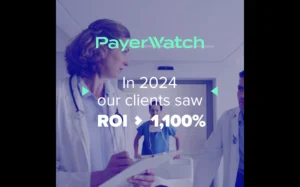Standardization Among Companies Will Be The Quickest Pathway Towards a More Stable Digital Twin System
The concept of a “digital twin”—a virtual replica of a physical system or object—isn’t new, but it’s experiencing a renaissance, thanks to rapid advances in technology. While the buzzwords are plenty—virtual commissioning, virtual FAT (Factory Acceptance Test), and so on—the reality is that the field is still in flux, a blend of potential and challenge. What’s particularly intriguing is the varying scope of what constitutes a digital twin. It could range from simple CAD animations to a comprehensive model that accounts for sensor feedback, physical characteristics, and logic systems. Some companies are already taking the lead.
The ideal true digital twin would be a unified platform. However, this would require a bit of industry regulation. This means it could go a long way toward breaking down how companies operate. And perhaps, even speed up the process for everyone involved.
Exploring this subject is industry insider Sean Dotson, the Robotics, Automation & Packaging Leader at RND Automation. He is the founder of the company and its former CTO and President. Dotson has spent over 26 years in the world of automation and robotics. He now advises leading companies on their automation endeavors.
Dotson shared that an integrated system would be beneficial in achieving the concept of creating twins. He further stated that an all-in-one system merging the ideas of varying automation companies would best serve the industry.
Dotson’s Thoughts on the Concept of Digital Twin
“So lately, there’s been a lot of talk about digital twins and simulation and virtual FAT and virtual commissioning of systems. And I think this is something that you really have to define the terms of what you’re talking about when you talk about a digital twin. It can be as simple as component level, doing simple animations in CAD and looking at some simple kinematics all the way up to full process control. We’re actually integrating sensors and feedback and even physical characteristics like friction and weights and accelerations and all into the digital model, allowing you to not only simulate the mechanics of the system, but also look at the logic behind the system. I think in a perfect world, we’d love to have this combination of a PLC programming package, a CAD package, a robotics kinematic package that’s all bundled together. And we can really have a true, true digital twin.
“I don’t think we’re there quite yet as an industry, although we’re doing a lot of things to move forward towards it. I think everybody’s kind of doing it their own way. And it might be nice, I think, if we industry kind of got together and maybe looked at some standardization and maybe looked at some ways that we could all share this information between multiple systems rather than making it siloed from company A, company B and company C. But I have a lot of hope that probably within the next three to five years, we’re going to have some packages out there where you’re going to be able to fully simulate the entire system in a very realistic manner. Again, including physical attributes like weights and frictions and even ambient temperature effects on the system and be able to truly, truly simulate and then have that actually happen in the real world. Thank you.”








